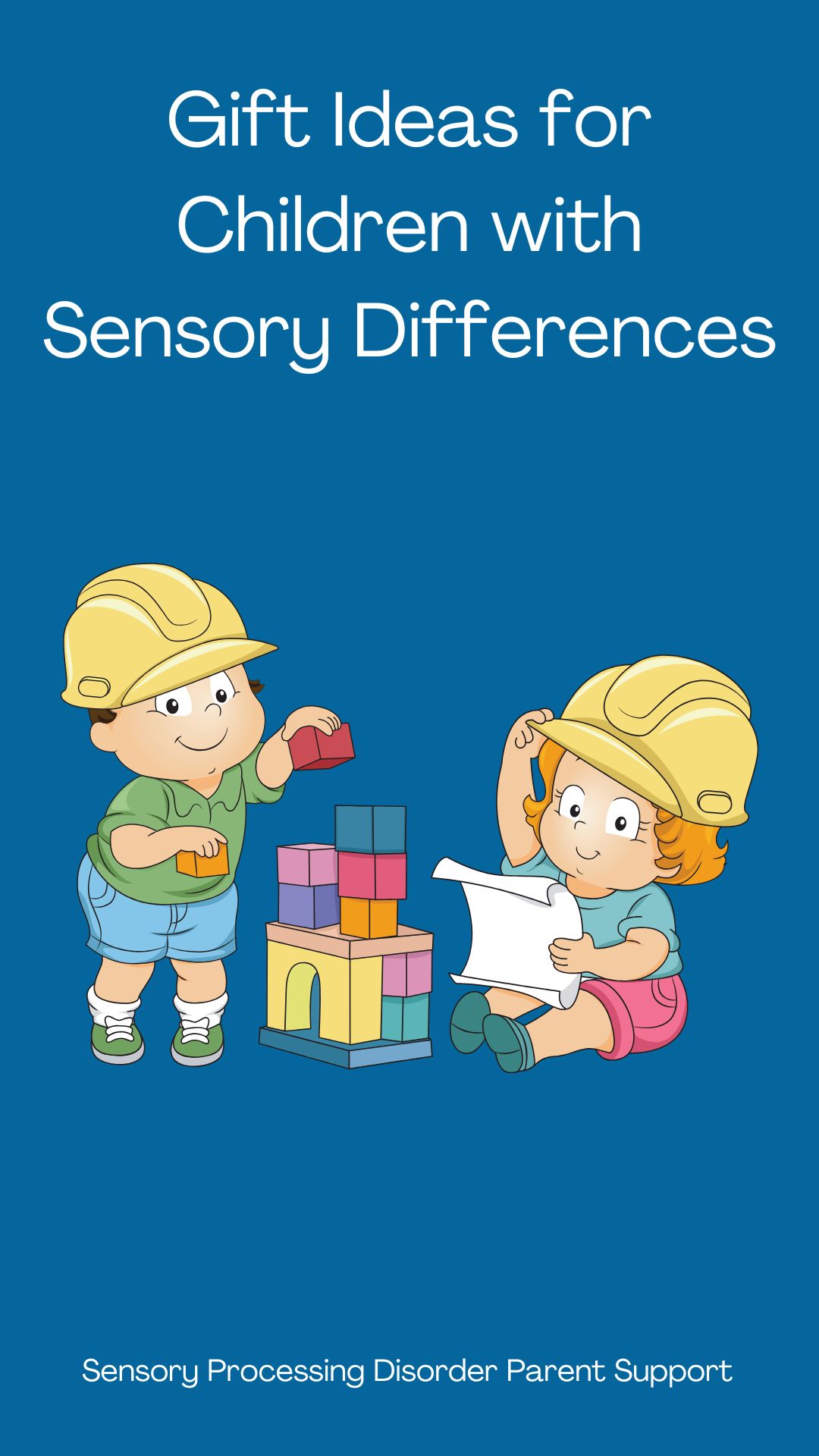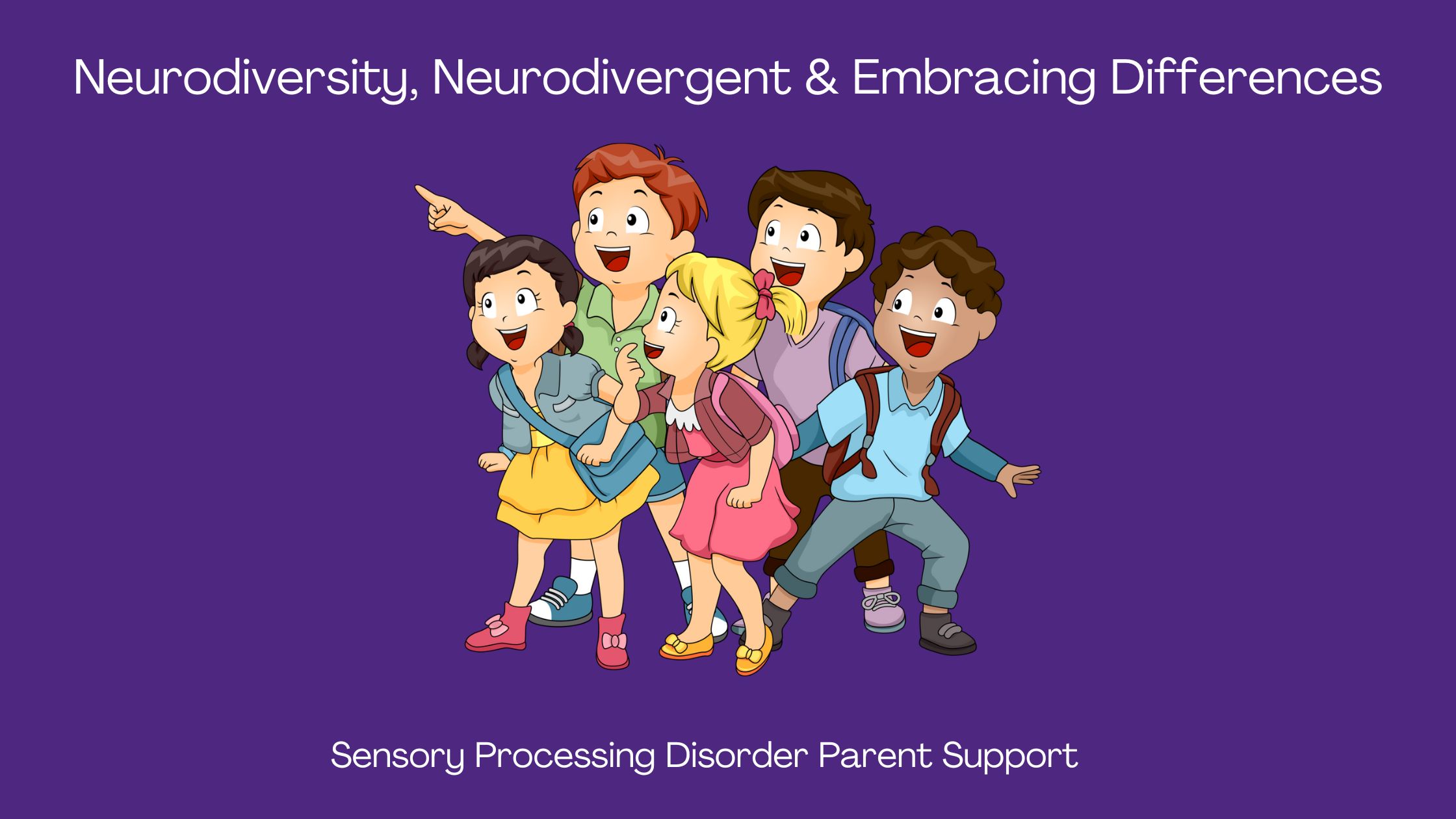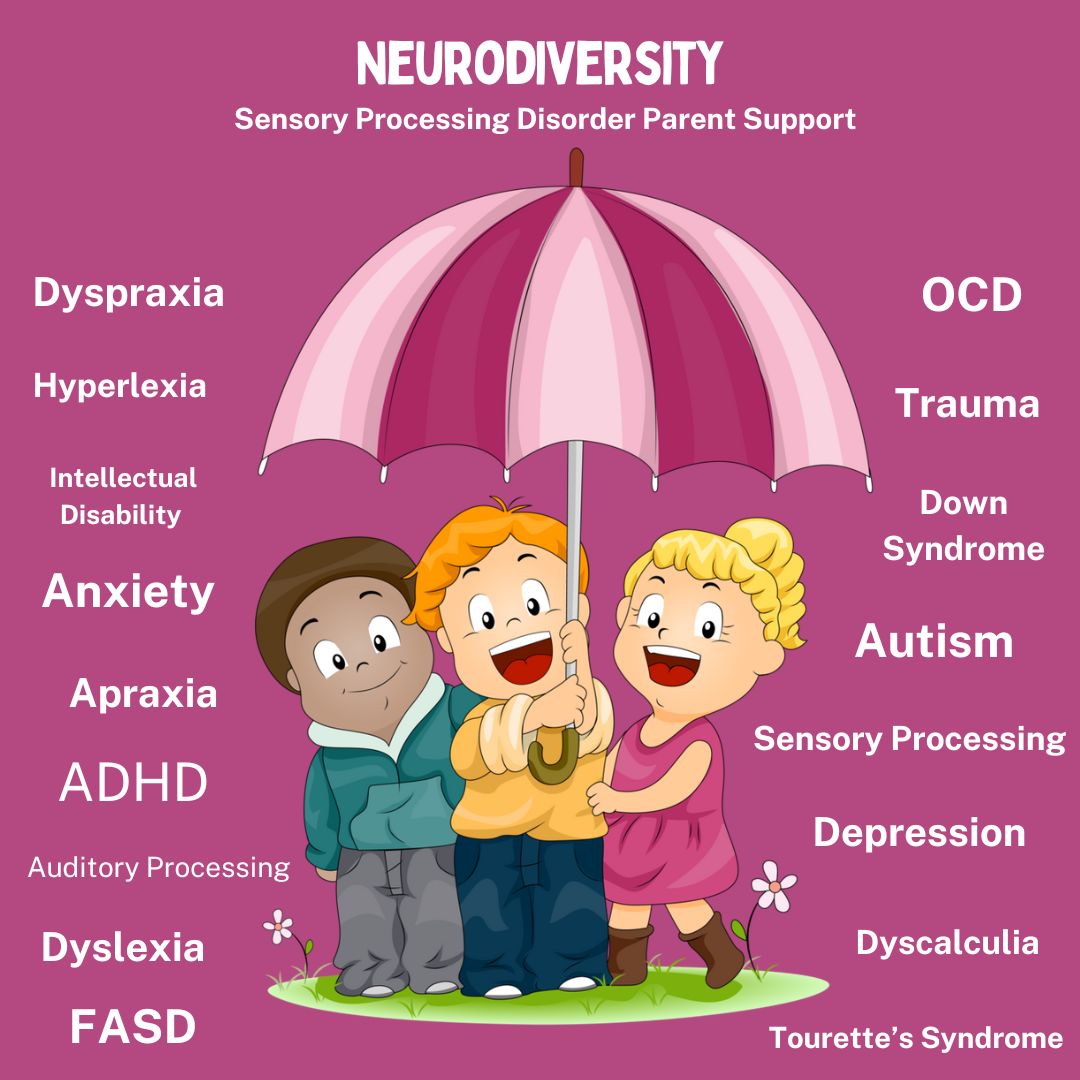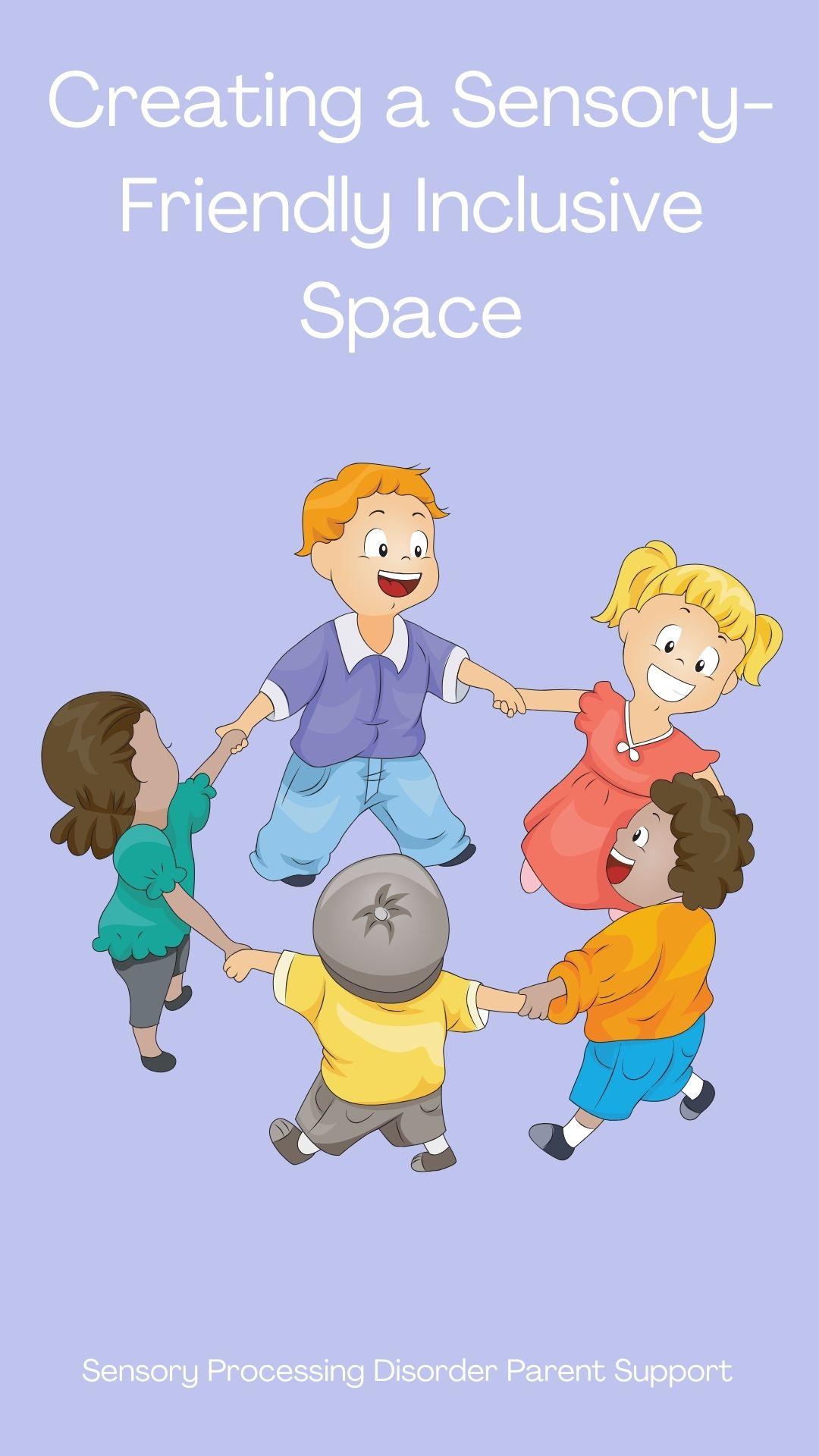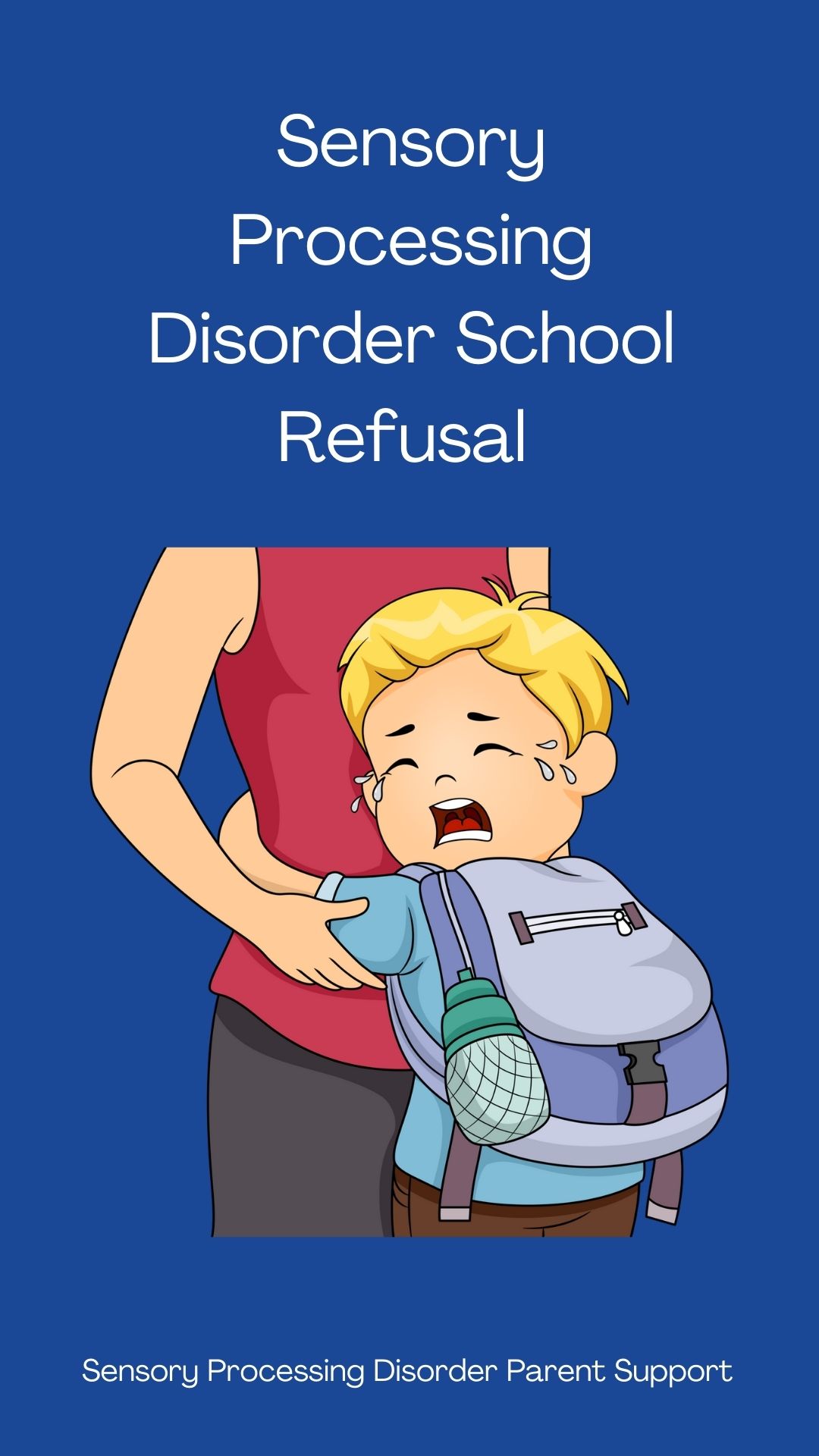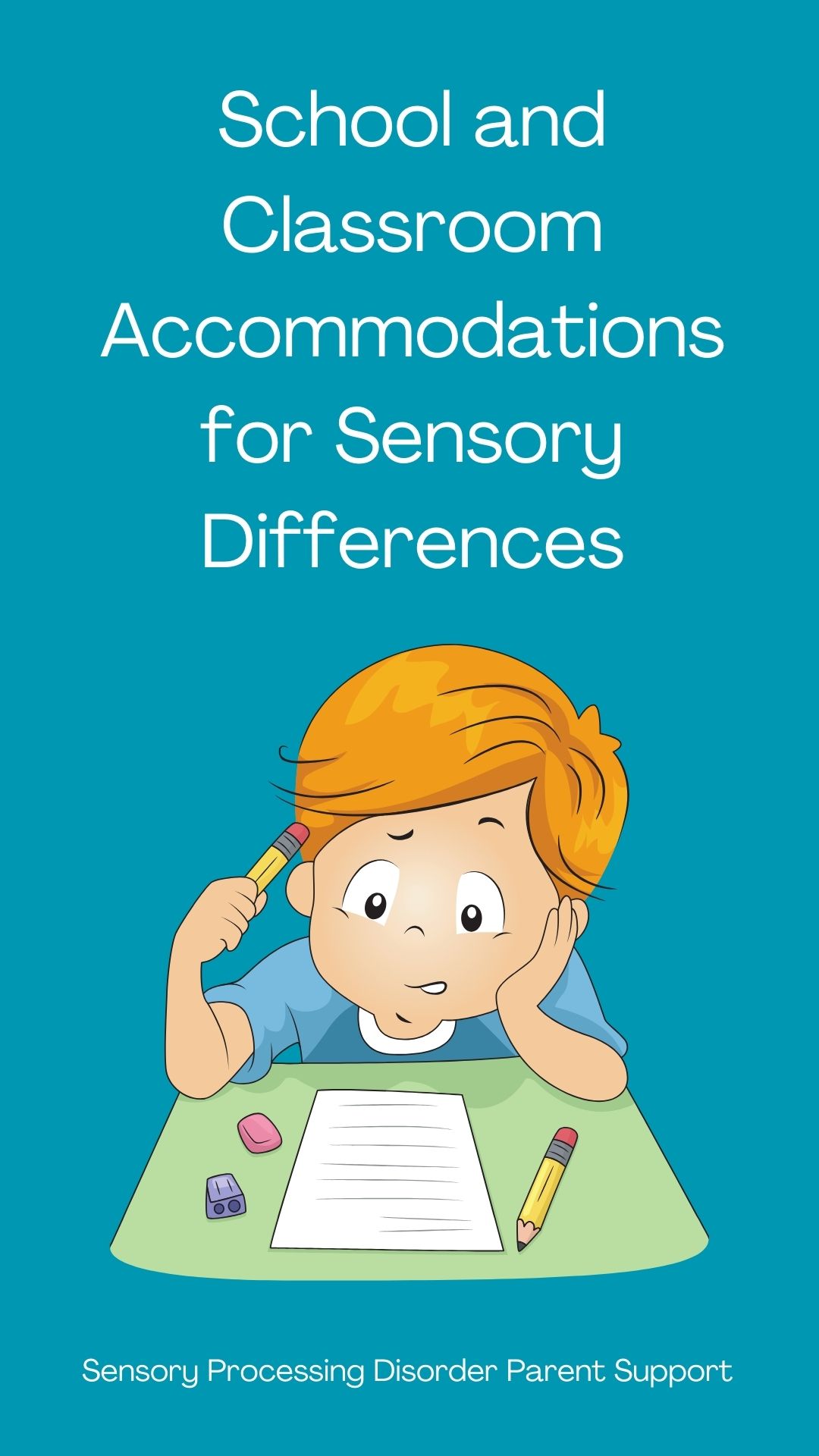They could also have challenges with communication... For example, difficulties with expressing or understanding emotions. They may have difficulties with their executive functioning which consists of planning, prioritizing, time management, and organizing. Neurodivergent people can struggle differently from one person to the next. Some will have social challenges, while others may struggle with attention and focus. Neurodiversity looks different for everyone.
Embracing neurodiversity means to be respectful of all neurodivergent people, no matter what their differences are. We can do this by valuing what they have to offer. It is also acknowledging that neurodivergent perspectives are just as important as neurotypical one's are. The neurodiversity movement benefits both neurodivergent and neurotypical individuals alike.
Although neurodivergent people face a lot of different challenges, they often have exceptional abilities and perspectives due to enhanced creativity, problem solving skills, hyperfocus, attention to detail, strong memory, exceptional empathy, and compassion.
The neurodiversity movement helps break down the stigma and discrimination that neurodivergent people have to live with every day. We need increased acceptance and inclusion for all neurodivergent people.
One way that we can improve awareness and understanding of neurodivergent needs is by providing better accommodations for neurodivergent people through education, employment, and all other areas of their lives. We need to better advocate for them.
The neurodiversity movement celebrates the contributions of these unique individuals which helps to foster an inclusive and equitable society.
There has been a lot of research about neurodiversity which has lead to a better understanding of the human brain, and how the differences of neurodivergent people are contributing in so many positive ways within our communities.
There are a lot of different ways to support neurodiversity. One of the most important ways is to create an all inclusive environment where people of all abilities are respected and welcomed. When you provide these accommodations, you are meeting the needs of all learners. To further support everyone, we need to challenge the stereotypes and myths about neurodiversity.
You can interact positively with neurodivergent people by showing respect for their differences, being patient, and understanding and by not making assumptions about what they are, or are not, capable of. You should never question their limitations, but instead be willing to listen to them while offering support and resources if need be.
To support a neurodivergent person, you should recognize their differences and appreciate their strengths. Sensory accommodations are important for most neurodivergent people in order for them to thrive. Provide them with a calming environment, accompanied by dimmed lighting, and low noise levels. Use clear language, and offer alternative ways to communicate such as typing or writing. Break down their expected daily tasks, and provide them with reminders. You can also use visual aids to support them.
There are a lot of different ways that we can create inclusive communities that embrace neurodiversity. We need to educate our communities about neurodiversity, while challenging all stereotypes and misconceptions as well. It is important to use the right type of words and respectful language so that we can avoid stigmatizing terms that are often used.
We need to provide physical and social environments that accommodate the sensory and cognitive needs of neurodivergent people in our communities. We need to establish support groups for people with neurodiverse conditions, and for their families and caregivers as well. Adapted educational, employment, and social systems would be hugely beneficial in aiding the needs of neurodiverse people.
There are many different strategies to promote neurodiversity within the education system. One example being, to provide accommodations in the classroom. Some of these accommodations could be extended time for tests, or using assistive technology. Teachers and staff should be trained to notice when a student is neurodivergent and to understand how to support these types of students. Teachers can include lessons about neurodiversity into the curriculum to foster understanding and empathy within their school and classroom.
We should include many different employment strategies in our communities to support neurodivergent people; such as offering flexible work schedules with the option for remote work. Creating sensory friendly work environments could be very helpful for neurodivergent people. Offer hiring programs and incentives for neurodivergent people to attract talented, hard working individuals with neurodiverse conditions.
We can create communities that are inclusive for neurodivergent people by providing a safe and supportive environment where people can express themselves freely.
Most schools traditionally have taken a one size fits all approach to education with an assumption that all students learn in the same way, at the same pace. This can be a very big problem for neurodivergent students who experience a unique way of learning; having different needs that are not being met in a traditional classroom setting.
Neurodivergent students may have different learning styles, such as visual or auditory. We should include a variety of teaching methods for all students to be able to learn in the way that works best for them. Neurodivergent students would greatly benefit from accommodations, such as extra time while taking tests, using technology, or if they were provided with a quiet sensory space to do their school work.
Encourage neurodivergent students to advocate for themselves, so they can feel confident when they are in school. When we embrace neurodiversity, we create a world where everyone is valued for their unique abilities and perspectives, regardless of their neurological differences.
